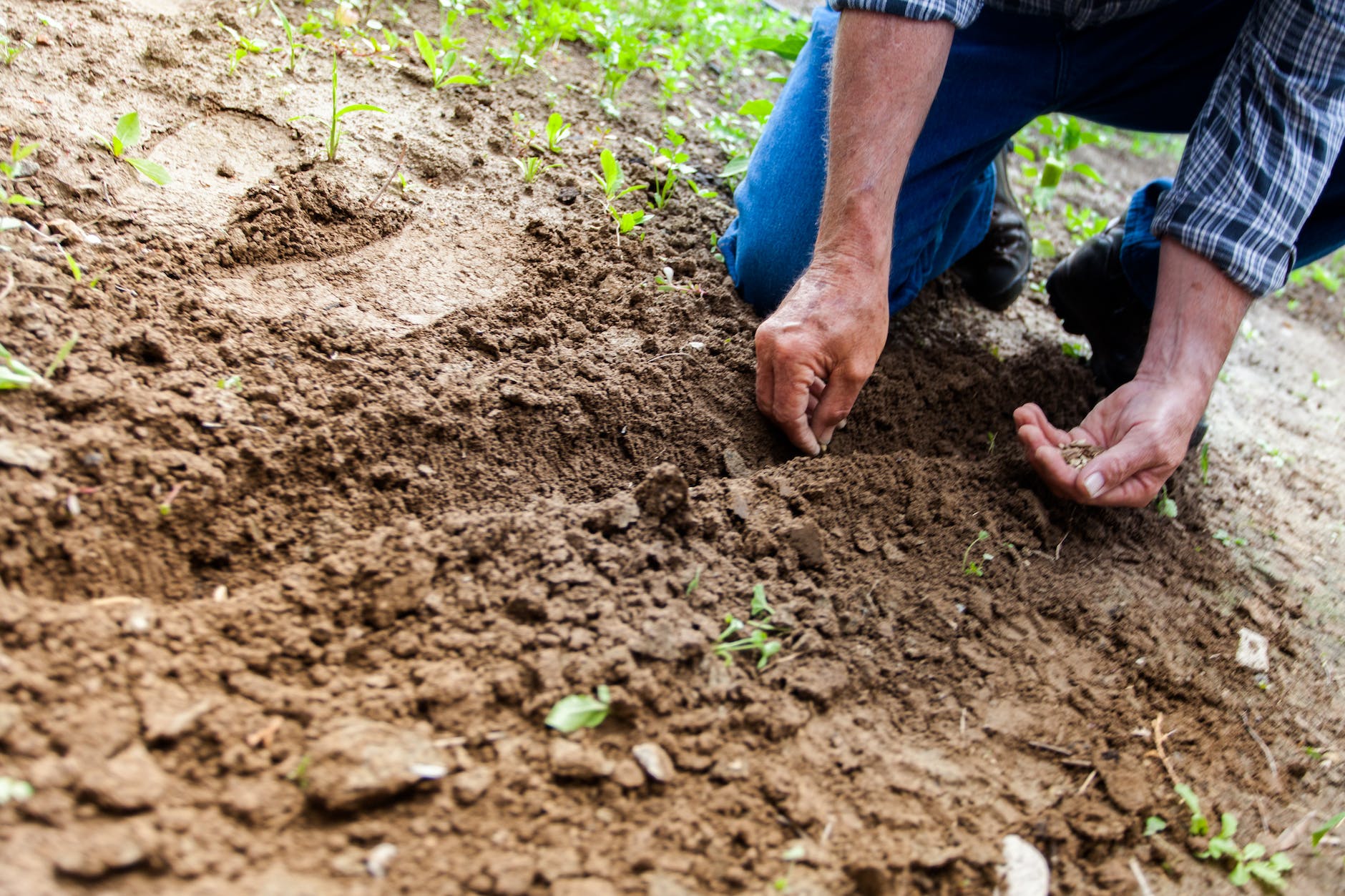Regenerative Farming: A Sustainable Solution for a Changing World
Farming is essential for human survival, but conventional farming practices have been linked to environmental degradation, climate change, and social inequality. As the world’s population continues to grow, and climate change poses significant challenges to food security, farmers must adopt more sustainable and resilient approaches to agriculture. Regenerative farming is a promising alternative to conventional agriculture that prioritizes the restoration and enhancement of natural ecosystems, while also providing economic benefits to farmers and communities.

Regenerative farming is a holistic approach to agriculture that emphasizes the regeneration of soil health, ecosystem biodiversity, and community resilience. It seeks to enhance the natural functions of farming systems by mimicking the diversity and complexity of natural ecosystems, and minimizing the use of synthetic inputs and tillage practices. This article provides an overview of regenerative farming principles, practices, and benefits, as well as case studies of successful regenerative farming operations. We conclude that regenerative farming can be a sustainable and profitable solution for farmers, while also contributing to the mitigation of climate change, the preservation of biodiversity, and the improvement of public health.
Regenerative Farming Principles and Practices
Regenerative farming is based on a set of principles that aim to enhance the health and resilience of farming systems. These principles include:
- Minimizing soil disturbance and promoting soil health
- Maximizing plant diversity and minimizing monoculture
- Incorporating livestock and animal diversity
- Managing water resources sustainably
- Promoting biodiversity and ecosystem health
- Supporting community and social well-being
Regenerative farming practices include techniques such as cover cropping, crop rotation, reduced tillage, intercropping, agroforestry, integrated pest management, and grazing management. These practices aim to increase soil organic matter, improve nutrient cycling, reduce soil erosion and compaction, increase water retention, promote pollinators and beneficial insects, and enhance biodiversity.

Benefits of Regenerative Farming
Regenerative farming has numerous benefits for farmers, communities, and the environment. These benefits include:
- Improved soil health and fertility
- Increased resilience to climate change and extreme weather events
- Reduced greenhouse gas emissions and carbon sequestration
- Enhanced biodiversity and ecosystem services
- Improved water quality and quantity
- Increased economic benefits for farmers and rural communities
- Improved public health through access to healthy, nutrient-dense foods
Case Studies
Several successful regenerative farming operations have emerged around the world. These include examples such as:
- Gabe Brown’s farm in North Dakota, which uses diverse cover crops and no-till practices to improve soil health and reduce erosion while increasing yields.
- Mark Shepard’s farm in Wisconsin, which incorporates agroforestry and perennial crops to enhance biodiversity, increase carbon sequestration, and provide a diverse range of products for the local market.
- The Savory Institute’s holistic grazing program, which has been implemented in numerous countries, promotes sustainable livestock management practices that improve soil health, reduce desertification, and provide economic benefits to farmers and communities.
Conclusion
Regenerative farming offers a promising alternative to conventional agriculture, providing numerous benefits for farmers, communities, and the environment. By prioritizing soil health, biodiversity, and community well-being, regenerative farming can provide a sustainable and profitable solution to the challenges facing modern agriculture. The adoption of regenerative farming practices must be supported by policies and programs that incentivize sustainable practices and provide technical assistance and financial support to farmers. As more farmers transition to regenerative agriculture, the potential for positive impacts on the environment and society will continue to grow.